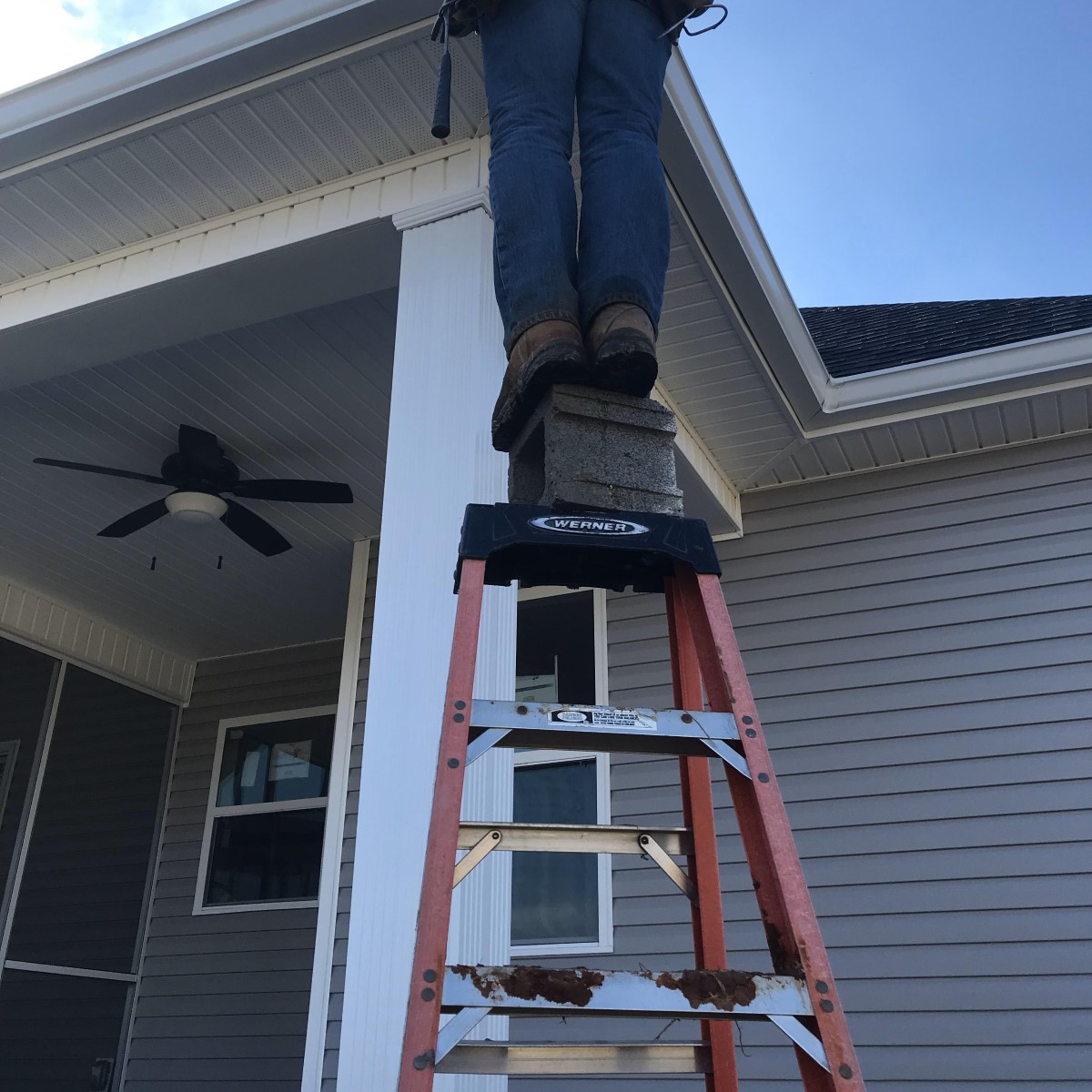

Articles
How To Make A Ladder Taller
Modified: October 18, 2024
Learn how to make your ladder taller with these helpful articles. Discover tips and tricks for extending the height of your ladder safely and effectively.
(Many of the links in this article redirect to a specific reviewed product. Your purchase of these products through affiliate links helps to generate commission for Storables.com, at no extra cost. Learn more)
Introduction
When it comes to completing tasks that require reaching high places, having a ladder that is tall enough for the job is essential. However, what do you do if your ladder falls short? Whether you’re a homeowner, DIY enthusiast, or a professional tradesperson, there may come a time when you need to make your ladder taller to accomplish a task safely and efficiently.
In this article, we will explore various methods and techniques to make your ladder taller. Whether you have a step ladder or an extension ladder, we will cover different approaches to help you assess the need for a taller ladder and choose the right extension option. We will also discuss how to extend the ladder properly, ensure stability and safety, and adjust for uneven surfaces.
By the end, you will have a comprehensive understanding of how to effectively make your ladder taller, enabling you to tackle a wide range of tasks with confidence and ease.
Key Takeaways:
- Assess the height needed and choose the right extension option for your ladder. Properly extend the ladder, ensure stability, and prioritize safety to confidently tackle tasks at greater heights.
- When working on uneven surfaces, take extra precautions to maintain stability. Use ladder leg levelers, create a level base, and stay alert to ensure safety and effectiveness.
Read more: How To Make A Dresser Taller
Assessing the Need for a Taller Ladder
Before diving into the process of making your ladder taller, it is important to assess whether or not you actually need a taller ladder. Evaluating the height requirements of your task will help you determine the best course of action.
Start by measuring the height you need to reach. This will give you a clear idea of how much additional height is required. Remember to factor in the height of your own reach as well.
Next, consider the type of ladder you currently have. Step ladders are typically used for lower heights, while extension ladders are designed to reach higher places. If you already have an extension ladder and it still falls short, you may need to consider alternative solutions.
If the height you need to reach is only slightly taller than your ladder’s maximum height, you may be able to utilize other tools or equipment, such as a sturdy step stool or a scaffolding platform. These can provide the extra height you need without the need to modify your ladder.
However, if the height requirements are significantly greater and cannot be met using alternative tools, you will need to explore options for extending your ladder.
Assessing the need for a taller ladder is crucial to ensure your safety and the efficiency of your work. By accurately determining the height requirements and analyzing your current ladder’s capabilities, you can make an informed decision on the best way to proceed.
Choosing the Right Extension Option
Once you’ve assessed the need for a taller ladder, the next step is to choose the right extension option. There are several methods available to extend your ladder’s height, and each one has its own advantages and considerations.
One common extension option is using ladder stabilizers or standoff brackets. These attachments provide additional stability and can extend the height of your ladder by several feet. They are particularly useful when working on uneven surfaces or when you need to reach over obstacles.
Another option is using ladder leg levelers. These devices attach to the base of your ladder and allow you to adjust the height of each leg individually. This can help compensate for uneven ground and provide additional height without the need for extensions.
If you have an extension ladder, utilizing ladder telescoping extensions or ladder extensions can be a straightforward solution. These extensions are specifically designed to add length to your existing ladder, allowing you to reach higher places with ease.
For step ladders, a ladder stabilizer with a plywood or plank bridge can be a viable option. This not only provides additional height but also allows for a wider platform, increasing stability and providing a safer working environment.
It’s important to consider the weight capacity of your ladder when choosing an extension option. Adding extensions or attachments may affect the ladder’s stability and weight limit, so ensure that the ladder and added components can safely support your weight and the weight of any tools and materials you’ll be using.
Lastly, evaluating the cost and availability of the extension options is crucial. Some options may require purchasing additional attachments or extensions, while others may require renting specialized equipment. Consider your budget and the availability of these options before making a decision.
By carefully considering the available extension options and their suitability for your specific situation, you can choose the right method to extend your ladder and ensure a safe and efficient working experience.
Extending the Ladder
Now that you have chosen the right extension option for your ladder, it’s time to learn how to extend it properly. Following the correct steps will ensure the stability and safety of your ladder as you reach greater heights.
Start by positioning your ladder on a flat and stable surface. Make sure all the locks and hinges are secure before initiating the extension process.
If you’re using ladder stabilizers or standoff brackets, attach them to the ladder following the manufacturer’s instructions. These attachments will provide additional stability as you extend the ladder.
In the case of ladder leg levelers, adjust each leg individually to compensate for any uneven ground. This will help ensure that your ladder remains stable and level throughout the extension process.
For extension ladders, begin by releasing the locks on each section. Extend the ladder by pulling each section upward, being careful to keep your hands away from any moving parts. Make sure each section locks securely in place before proceeding to the next one.
If you’re using ladder telescoping extensions or ladder extensions, attach them securely to the ladder according to the manufacturer’s instructions. Ensure that all connections are tightened to guarantee stability.
As you extend the ladder, periodically check for any signs of damage or wear. Inspect the rungs, locks, and hinges for any defects that could compromise the ladder’s stability. If you notice any issues, refrain from using the ladder and have it repaired or replaced before proceeding.
Once the ladder is fully extended, test its stability by applying gentle pressure and ensuring that it remains secure. It’s important to take your time during this process and not rush, as a stable and properly extended ladder is essential for your safety.
Remember, always follow the manufacturer’s instructions for extending your specific type of ladder. If you have any doubts or concerns, consult a professional or experienced individual to assist you.
By properly extending your ladder and ensuring its stability, you can confidently reach higher places and tackle tasks that require greater height with ease and safety.
Consider using ladder leg levelers to increase the height of your ladder safely. These attachments can provide extra stability and height, making your ladder more versatile for various tasks.
Ensuring Stability and Safety
When working with a taller ladder, ensuring stability and safety is paramount. By taking the necessary precautions, you can minimize the risk of accidents and create a secure environment for your work. Here are some important guidelines to follow:
1. Secure the Base: Before ascending the ladder, ensure that the base is firmly planted on a stable surface. If necessary, use ladder stabilizers, standoff brackets, or leg levelers to provide additional stability and prevent any wobbling or tipping.
2. Maintain Proper Positioning: When climbing the ladder, always face towards it and maintain a firm grip on the rungs. Avoid overreaching or leaning to the sides which can cause the ladder to sway. Move the ladder if needed to maintain a comfortable and secure position.
3. Keep Your Center of Gravity: To maintain balance, keep your center of gravity within the ladder’s sides. Do not lean too far in any direction, as this can cause the ladder to become unstable. Keep your body centered and use both hands for stability and support.
4. Use Proper Footwear: Wear sturdy, non-slip footwear that provides good traction. This will ensure a solid grip on the ladder’s rungs and reduce the risk of slipping or losing balance. Avoid wearing loose-fitting clothing or accessories that may get caught on the ladder.
5. Organize Your Tools: Keep your tools and equipment within reach by using a tool belt or a bucket attached to the ladder. This will prevent unnecessary movements or overreaching, reducing the risk of accidents caused by losing balance.
6. Take Regular Breaks: Working at heights can be physically demanding. Take frequent breaks to rest and rehydrate. Fatigue can affect your concentration and balance, so it’s important to give yourself regular intervals to recharge.
7. Avoid Overloading: Consider the weight capacity of your ladder and ensure that it is not exceeded. Too much weight can compromise the ladder’s stability, making it more prone to accidents. Make multiple trips or use alternative methods to transport heavy materials if necessary.
8. Stay Aware of Surroundings: Pay attention to your surroundings and be mindful of any hazards, such as nearby power lines or unstable structures. Clear the work area of any potential obstructions before ascending the ladder.
9. Use a Spotter: If possible, have someone nearby to assist you by acting as a spotter. They can provide an extra level of safety by keeping an eye on the ladder and alerting you to any potential risks or issues.
Remember, safety should always be your top priority when working at heights. Following these guidelines and using common sense will help ensure stability and minimize the risk of accidents.
Read more: How To Make A Dining Table Taller
Adjusting for Uneven Surfaces
When working with a ladder on uneven surfaces, it’s important to take extra precautions to maintain stability and ensure your safety. Uneven ground can significantly affect the balance of the ladder, increasing the risk of accidents. Here are some steps to adjust for uneven surfaces:
1. Assess the Terrain: Before setting up your ladder, carefully assess the ground to identify any slopes, bumps, or uneven areas. This will help you determine the best position to place the ladder and make any necessary adjustments.
2. Use Ladder Leg Levelers: Ladder leg levelers are attachments that you can use to adjust the height of each leg individually. These can be particularly useful when working on uneven surfaces. Simply attach the levelers to the ladder’s legs and adjust them until they are stable and level.
3. Create a Level Base: If the ground is extremely uneven, you may need to create a level base for your ladder. This can be done by using wooden planks or plywood to create a stable surface for the ladder’s feet. Ensure that the base is solid and secure to prevent any shifting or movement.
4. Stabilize the Ladder: To further enhance stability, consider using ladder stabilizers or standoff brackets. These attachments provide additional support and can help compensate for any unevenness in the ground. Make sure to attach them securely and follow the manufacturer’s instructions for proper usage.
5. Test Stability: Once the ladder is set up on the uneven surface, carefully test its stability before ascending. Apply gentle pressure and ensure that the ladder remains secure and does not wobble or shift. If you detect any instability, reassess the placement or make further adjustments as needed.
6. Maintain Proper Positioning: When working on an uneven surface, it’s important to maintain proper positioning on the ladder. Keep your body centered and your weight evenly distributed to minimize the risk of the ladder tipping or sliding.
7. Take Precautions: Be cautious and vigilant while working on an uneven surface. Move slowly and deliberately, avoiding sudden movements or shifts in weight. Always use handrails and maintain a secure grip on the ladder’s rungs.
8. Stay Alert: Keep an eye out for any changes in the stability of the ladder as you work. If you notice any signs of instability, such as the ladder sinking or shifting, stop immediately and readjust. It’s better to address any issues promptly rather than risking a fall.
9. Consider Alternative Options: In some cases, it may be safer to use alternative equipment, such as scaffolding or an aerial work platform, when working on highly uneven surfaces. These options provide a more stable and secure platform for your tasks.
Adjusting for uneven surfaces requires careful attention to detail and a focus on stability. By following these steps and taking the necessary precautions, you can ensure a safe and effective working environment when using your ladder on uneven terrain.
Conclusion
Having a ladder that is tall enough for the job is crucial when working on tasks that require reaching high places. However, when your ladder falls short, it’s important to know how to make it taller safely and effectively.
In this article, we explored the process of assessing the need for a taller ladder and choosing the right extension option. We discussed methods such as ladder stabilizers, standoff brackets, ladder leg levelers, telescoping extensions, and ladder extensions.
We also covered the steps to properly extend the ladder, ensuring stability and safety. By following the correct procedures, like positioning the ladder on a stable surface, using attachments, and inspecting for any damage, you can confidently extend your ladder to reach greater heights.
Furthermore, we emphasized the importance of ensuring stability and safety throughout the entire process. By securing the base, maintaining proper positioning, using proper footwear, organizing tools, and staying aware of your surroundings, you can minimize the risk of accidents and injuries.
We also discussed the topic of adjusting for uneven surfaces and provided steps to maintain stability on such terrain. Whether it’s using ladder leg levelers, creating a level base, or using stabilizers, taking these precautions will help you work safely on uneven ground.
In conclusion, making a ladder taller can be achieved by following the appropriate steps and utilizing the right extension options. By carefully assessing your needs, choosing the suitable method, extending the ladder properly, and ensuring stability and safety, you can tackle tasks at greater heights with confidence and peace of mind.
Remember to always prioritize your safety and follow the manufacturer’s instructions for your specific ladder model. With the knowledge gained from this article, you are now equipped to handle situations where a taller ladder is needed effectively, allowing you to complete your tasks efficiently and safely.
Frequently Asked Questions about How To Make A Ladder Taller
Was this page helpful?
At Storables.com, we guarantee accurate and reliable information. Our content, validated by Expert Board Contributors, is crafted following stringent Editorial Policies. We're committed to providing you with well-researched, expert-backed insights for all your informational needs.



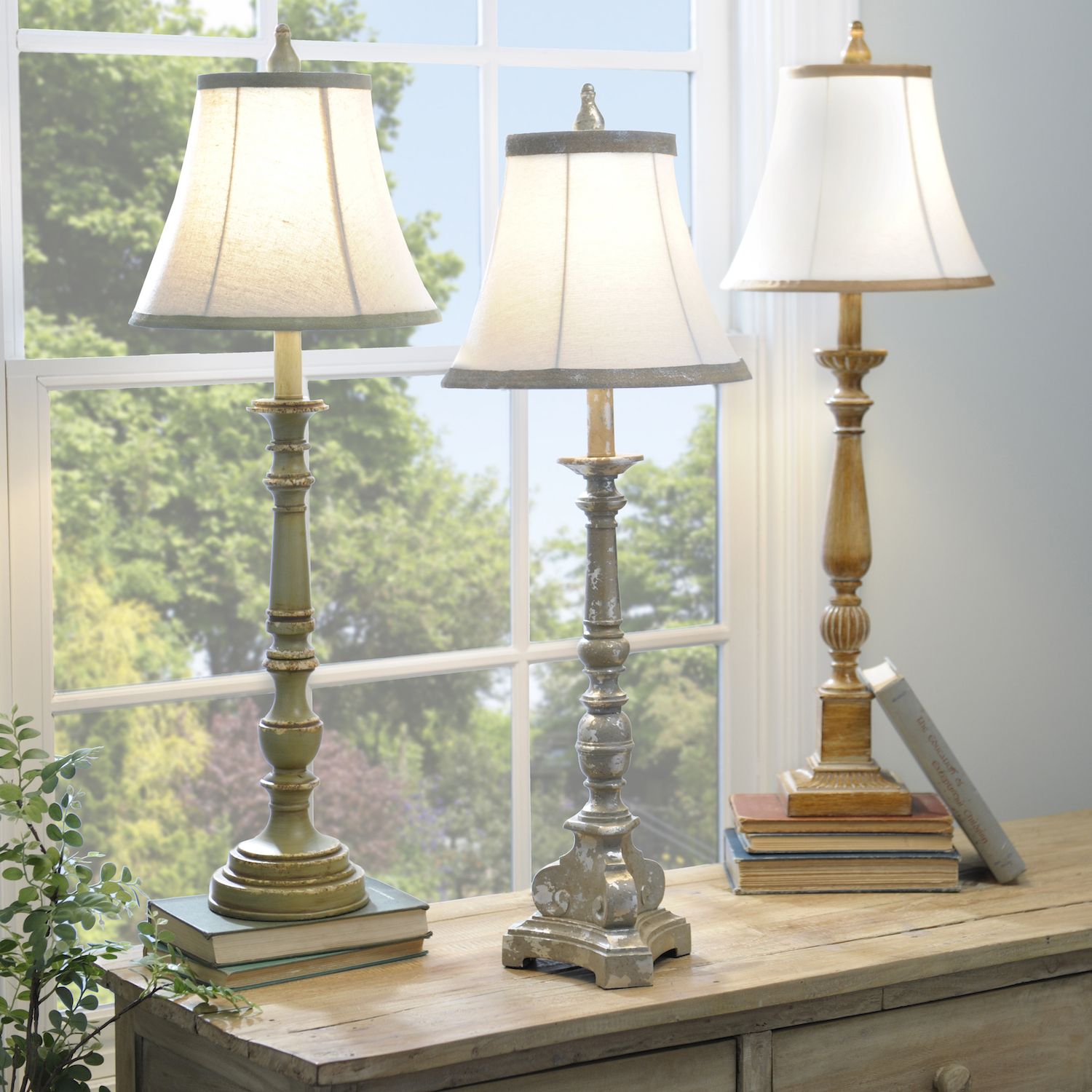


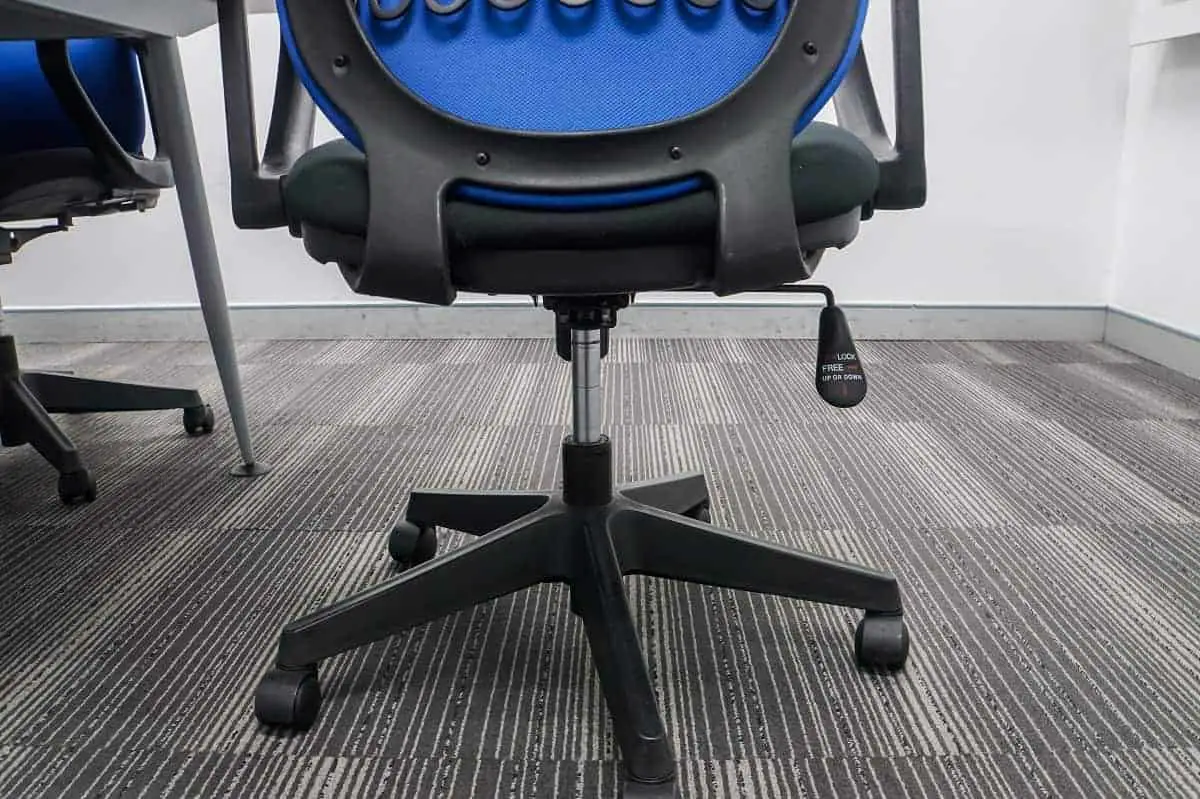

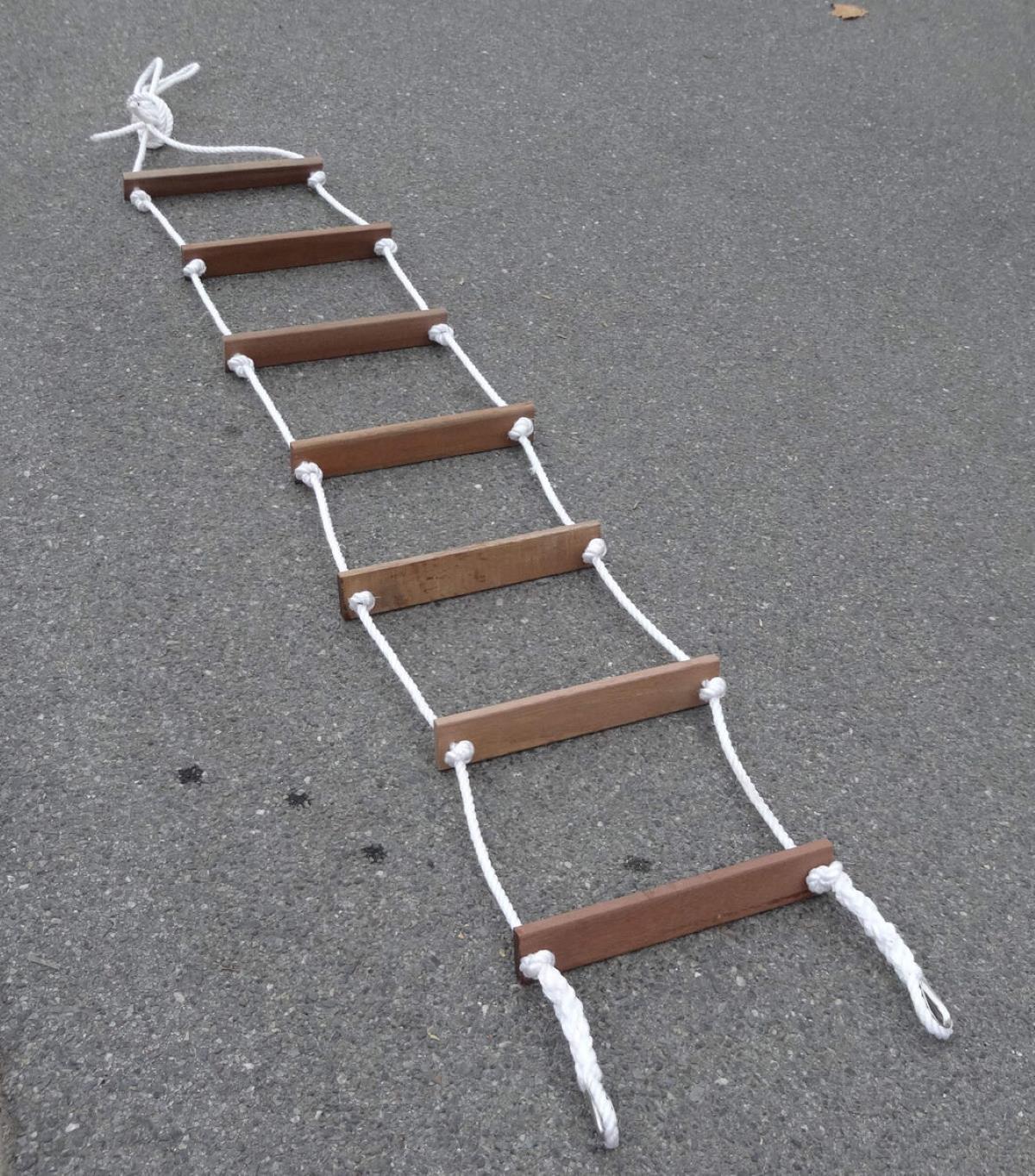


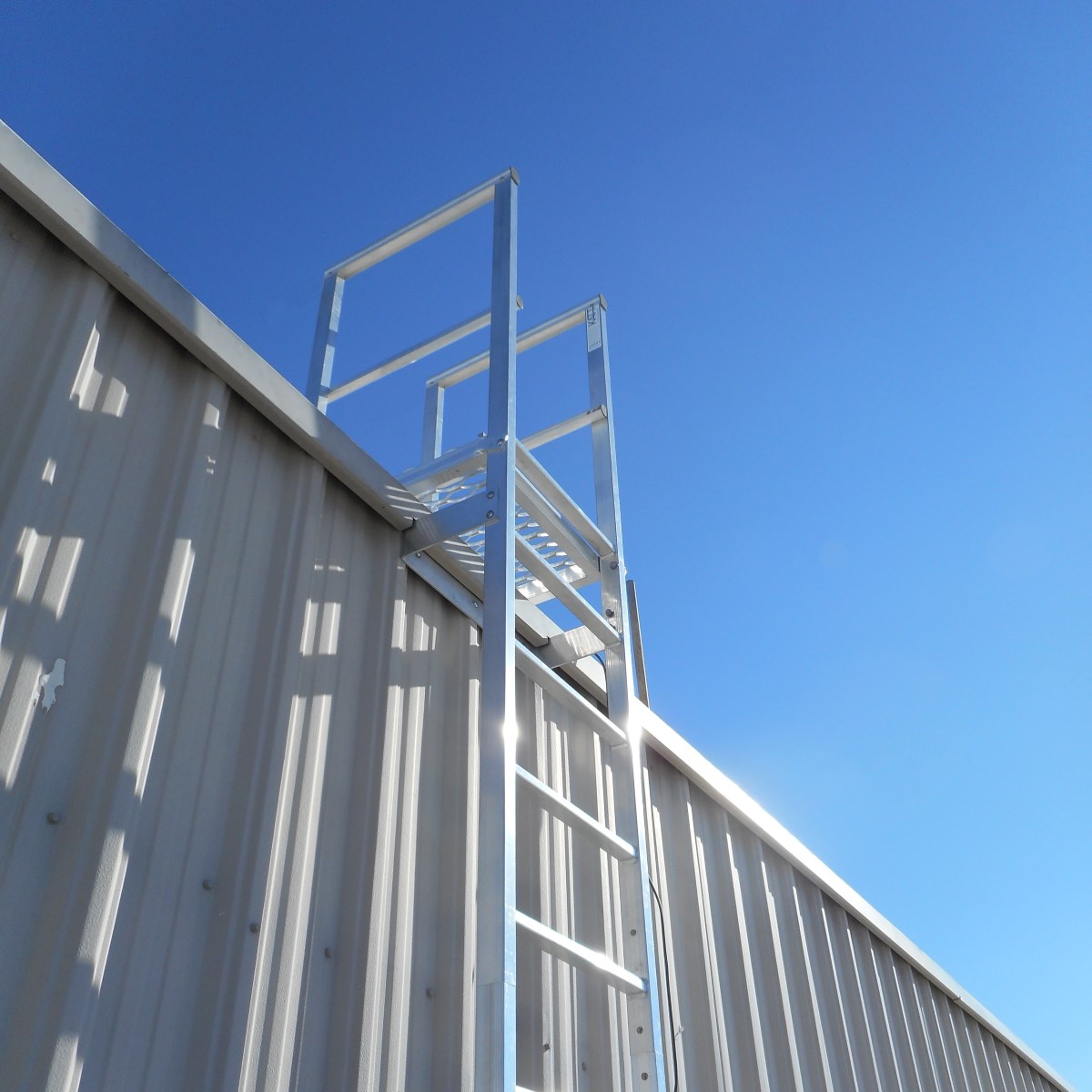
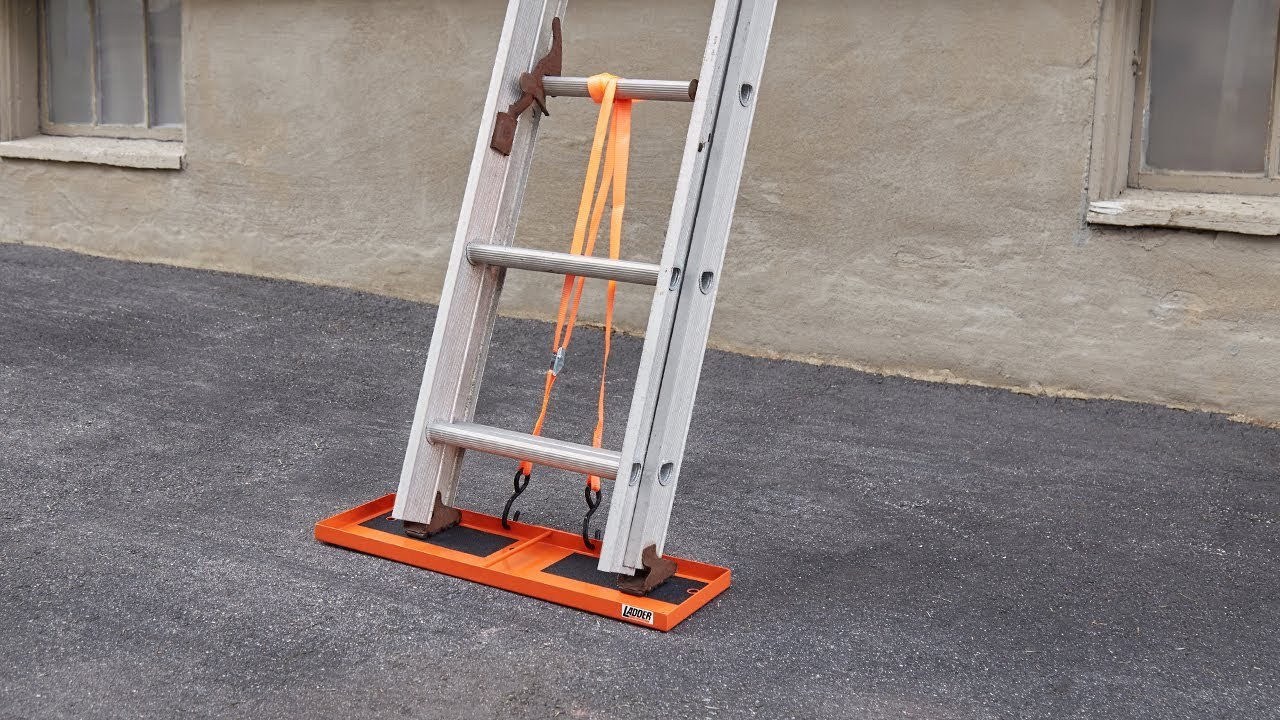
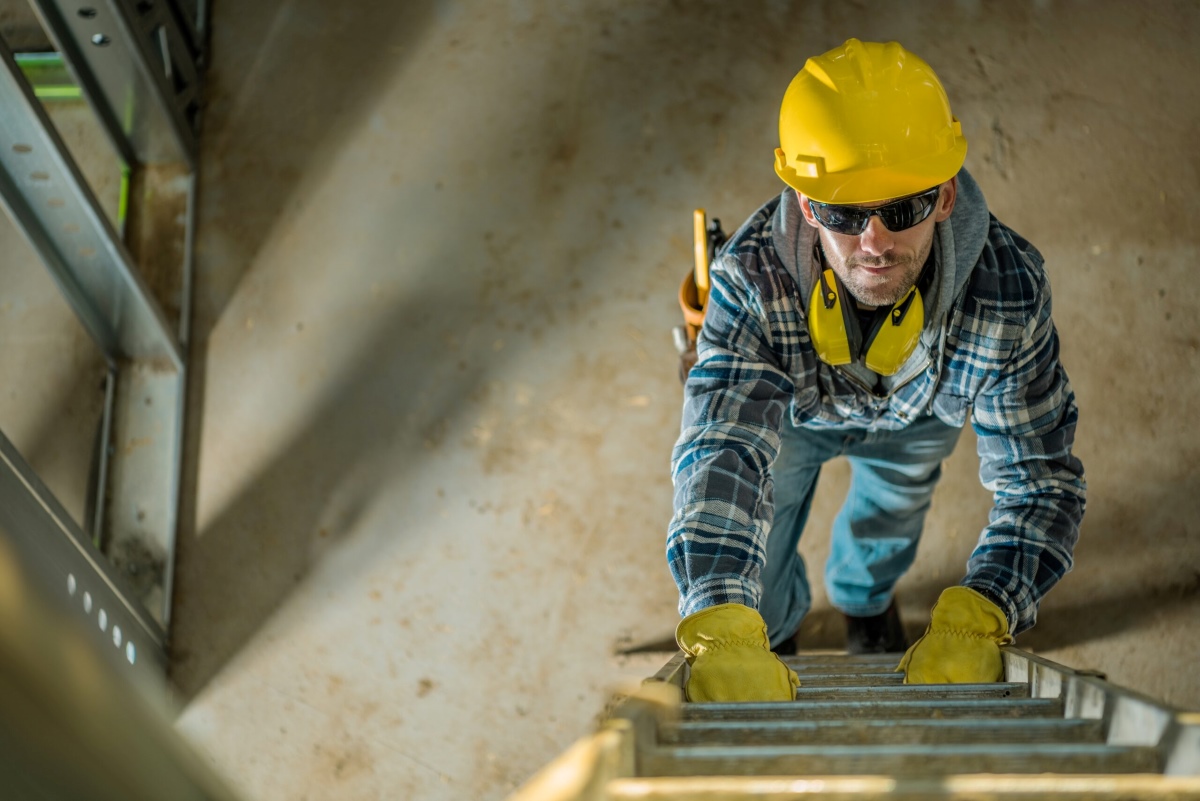

0 thoughts on “How To Make A Ladder Taller”